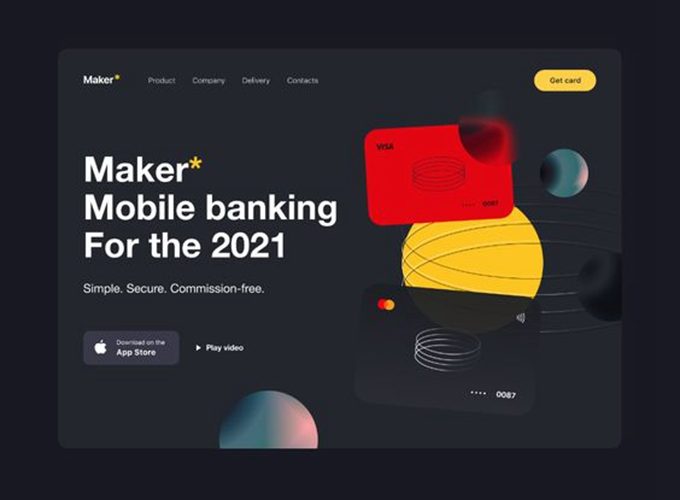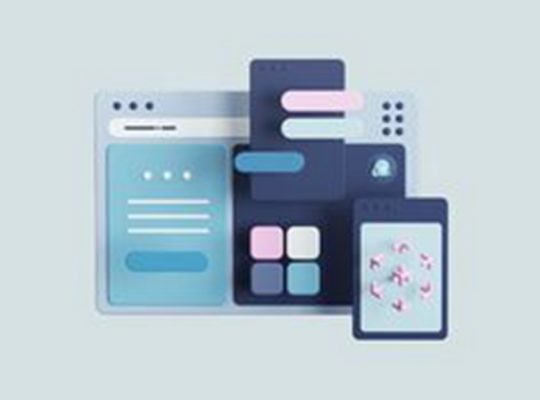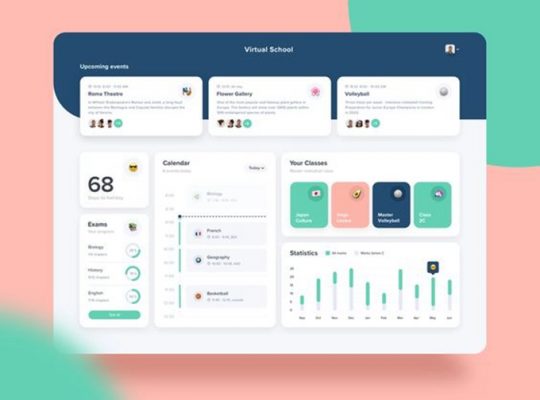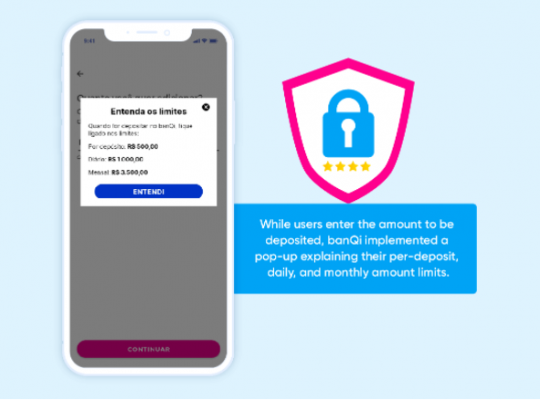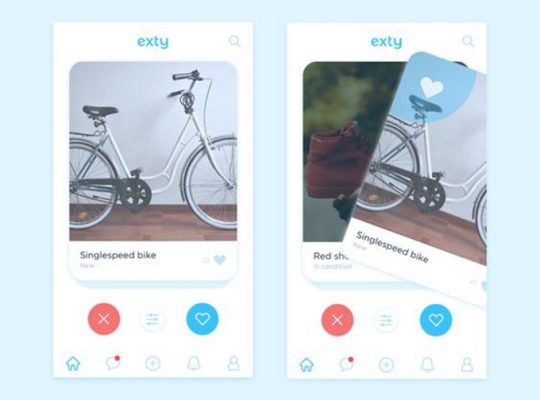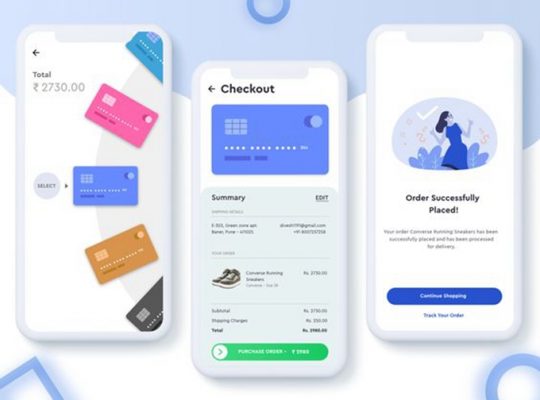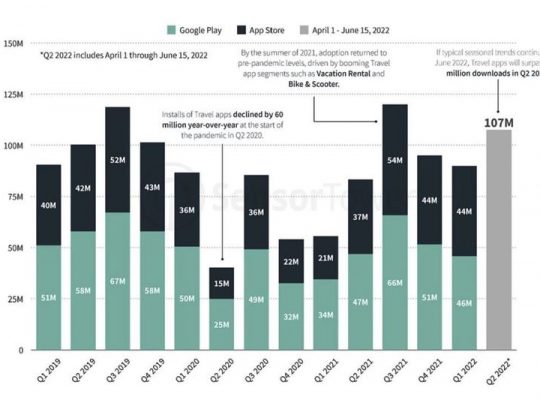Last year, Apple introduced a brand new App Retailer Join performance that has been long-awaited by App Retailer Optimization practitioners: product web page optimization, a brand new characteristic permitting app builders to conduct inventive A/B testing instantly within the App Retailer. Although the performance was not launched instantly with iOS 15 and is simply anticipated to come back out “later this 12 months”, we have now gathered an important info and recommendation that can assist you prepare to start out working assessments on day 1.
Table of Contents
- iOS 15 A/B Testing
- buy aso services
- buy app installs
- play store ranking service
What is going to product web page optimization appear to be?
Product Web page Optimization preview proven throughout WWDC 2021. Supply: developer.apple.com
In response to Apple’s bulletins at WWDC 2021, product web page optimization will permit entrepreneurs to examine as much as three variants with the unique product web page. Entrepreneurs will solely have the ability to submit creatives (icons, screenshots, and app previews) for assessments working as much as 90 days both globally or in particular locales. As well as, whereas all examined belongings will must be reviewed by Apple, builders will have the ability to submit screenshots and app previews they wish to take a look at unbiased of submitting their whole app for overview (take a look at icons will nonetheless must be submitted with a brand new app binary).
As for piloting assessments and overviewing outcomes, Apple confirmed builders will have the ability to run international or native assessments however haven’t but disclosed how statistical significance can be decided or what breakdown of site visitors pushed to every variant can be obtainable.
Which product web page optimization assessments do you have to run first?
Though we have now but to see the specifics behind Apple’s new A/B testing instrument, a significant query is what parts entrepreneurs ought to put together to check first. As typically in ASO, there isn’t a one reply for everybody, however listed here are some ideas that can assist you plan your testing backlog:
1. Prioritize assessments primarily based on the power of your hypotheses
Developing with inventive hypotheses is as a lot a problem of trying inward – assessing which parts of your product or model matter most to your current customers – as outward – evaluating your belongings with rivals’ and greatest practices to determine particular person expectations or methods to face out. Prioritizing which assessments to run first, nonetheless, has a way more “inwards” focus as the worth of a speculation is predicated on the influence a outcome might have. It’s particularly necessary to contemplate right here that a take a look at’s worth needs to be primarily based on what could also be discovered from the result, and never solely the anticipated influence on a selected KPI (an amazing outcome you’ll be able to’t clarify is hardly scalable).
Due to this fact, keep in mind to validate the actual speculation behind a brand new asset by asking the way it may have an effect on the person and/or which stakeholders might profit from the take a look at outcomes. For example, testing a brand new background shade could be both trivial or important relying on why the brand new shade is being examined (e.g. to measure if customers have a shade desire or to enhance the legibility of parts in your asset).
Lastly, a great way to make sure a take a look at is value placing on the high of your backlog is to ask somebody in your workforce to check the outdated and new belongings when you measure how briskly they determine what was modified and consider how simply they can clarify why the change is being examined.
2. Check belongings primarily based on variations in person expertise
An necessary consideration for A/B testing creatives on iOS additionally regards the need to check completely different belongings than on Google Play. Lately, regardless of many ASO practitioners highlighting the variations between iOS and Android customers, we have now noticed that most apps and video games use the identical creatives (with minor changes) on each shops. This habits was typically defined by the necessity for apps to scale their inventive efforts, and little or no challenged since no iOS A/B testing instrument was obtainable to try to concretely measure the supposed variations between working softwares.
Inversely, apps that did show completely different creatives on the App Retailer and Play Retailer have been assumed to have measured variations in person behaviors by some inside product metrics justifying their alternative of various belongings. Whereas this will likely not have at all times been true, it could at the least imply there isn’t a easy reply as as to whether iOS and Android customers are completely different, however relatively that every app ought to look to its inside metric to find out its personal reply.
However, one consideration that ought to influence your testing course of and the hypotheses you prioritize is that every one App Retailer customers work together with a distinct person interface (UI) to Play Retailer customers:
- The UI for Play Retailer search outcomes solely reveals every app’s icon, title, ranking, dimension, and Google tags, with customers having to open an app’s retailer itemizing web page to obtain the app. However, App Retailer search outcomes prominently present the first three portrait belongings (or the primary panorama asset)within the app’s inventive gallery (consisting of the app preview video and screenshots), and in addition give customers the chance to obtain the app instantly.
- In the meantime, the shop itemizing UI on Google Play may be very completely different from app product pages on the App Retailer:
- Play Retailer listings normally present three to 4 portrait belongings (or one to 1 and a half panorama belongings) primarily based on a selected peak ratio which limits the dimensions of the inventive gallery to about 20% of the display. Contrarily, solely about one and a half portrait belongings – or one panorama asset – is displayed on the App Retailer product web pageand takes up practically 50% of the display.
- Movies on the Play Retailer are at all times in panorama orientation and don’t essentially autoplay, as an alternative generally requiring customers to faucet on the characteristic graphic. However, movies on the App Retailer could be both in panorama or portrait format and autoplay seamlessly, making the poster body a lot much less outstanding as compared.
These UI variations are subsequently prone to influence how customers understand the identical inventive idea if duplicated on each shops as an alternative of being tailored per platform. Because of this, chances are you’ll think about testing completely different variations of the identical preliminary idea per retailer to raised perceive whether or not customers react to the identical worth proposition.
3. Account for design & overview instances to plan to your iOS assessments
Final however not least, don’t forget to think about how a lot time a design workforce might have to craft particular belongings to your upcoming assessments in addition to the truth that your creatives can solely be examined as soon as they’ve been reviewed by Apple. Bear in mind – app icons can nonetheless solely be modified through an app binary add which can drive you to program your app icon assessments after a brand new app submission. The excellent news is that screenshot and app preview video assessments received’t require an app binary submission; nonetheless, all belongings must endure Apple’s asset overview course of to make sure they don’t contravene App Retailer tips. It will instantly influence how life like your testing schedule can be and should hinder efforts to check time-specific belongings which can must be carried out instantly with out testing.
In conclusion, regardless of sure unknowns, builders ought to begin making ready to A/B take a look at belongings on the App Retailer by:
- Confirming which hypotheses match inside workforce priorities
- Guaranteeing future inventive belongings can match the App Retailer person interface
- Accounting for time wanted for take a look at belongings to be designed and reviewed by Apple
